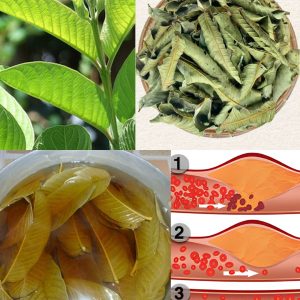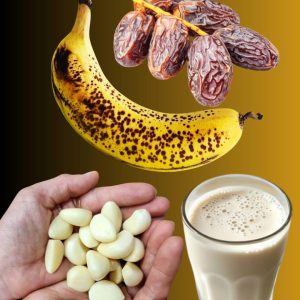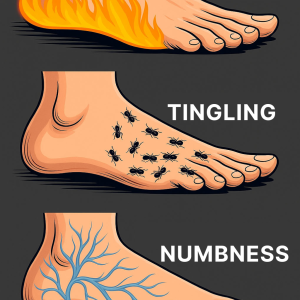
Snakebites, especially from venomous species, are medical emergencies that can lead to severe complications or death if not treated promptly. Knowing how to respond quickly and effectively can make a crucial difference in survival and recovery.
First Aid Steps for Venomous Snakebites

If someone is bitten by a venomous snake, take the following steps immediately and carefully:
-
Stay calm and reassure the victim.
Panic increases heart rate and accelerates venom circulation. Keeping both yourself and the victim calm helps slow the spread of venom and improves outcomes. -
Restrict movement.
Do not allow the victim to walk or move the affected limb. Immobilize it using a splint or brace to minimize muscle activity and blood flow. -
Remove tight items.
Take off any rings, bracelets, or tight clothing near the bite area before swelling develops. -
Apply a pressure immobilization bandage (for certain snakes such as cobras, kraits, king cobras, and sea snakes).
Wrap the bandage firmly—starting from the fingers or toes—covering the bite area and the entire limb, but ensure it is not so tight that it cuts off circulation.Use available materials like cloth strips, elastic bandages, or torn fabric. Secure the limb with a rigid splint made from wood, cardboard, or another sturdy object to keep it still.
-
Do not apply a tourniquet directly over the wound.
This can cause severe tissue damage and worsen the injury. -
Clean the wound.
Rinse thoroughly with clean water and mild soap to remove dirt or debris. Disinfect the area to lower infection risk. -
Support breathing and circulation.
If the victim has trouble breathing, begin artificial respiration or use medical breathing aids. In the event of cardiac arrest, perform CPR and continue until medical professionals arrive. -
Seek medical help immediately.
Transport the victim to the nearest hospital or medical center as quickly as possible while keeping the affected limb immobilized and below heart level to slow venom spread.
Traditional Detox Remedy Using Lemon Seeds

In some regions, lemon seeds have been used as a traditional first aid remedy for snakebites. While not a substitute for medical care, this method is part of folk practice and can be applied as an initial measure while seeking professional help.
- Clean the wound carefully using a 0.9% saline solution. Avoid squeezing or pressing the area, as this can force venom into the bloodstream more rapidly.
- Prepare a lemon seed decoction.
Boil about 20 grams of fresh or dried lemon seeds, then allow the liquid to cool slightly. Have the victim drink the decoction to aid in detoxification. - Apply the residue to the bite wound.
After boiling, crush the remaining lemon seed pulp and place it directly on the wound to help neutralize the venom. - For unconscious victims:
If the patient is unconscious but able to swallow safely, mix lemon seed powder with a small amount of water and administer it carefully. Simultaneously, apply crushed lemon seed pulp externally to the wound. - Transport immediately to a hospital for further monitoring and antivenom treatment, regardless of home remedies used.
Important Notes and Precautions
- The lemon seed remedy is based on traditional practice and may be used for adults and children over three years old, with dosage adjusted by age and condition.
- This method should never replace professional medical treatment. Snake venom is extremely dangerous and can cause rapid systemic effects that require antivenom therapy and hospital management.
- Always prioritize rapid transport to a medical facility after administering first aid.




